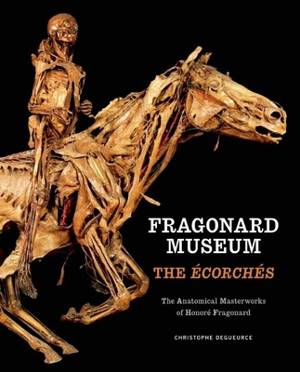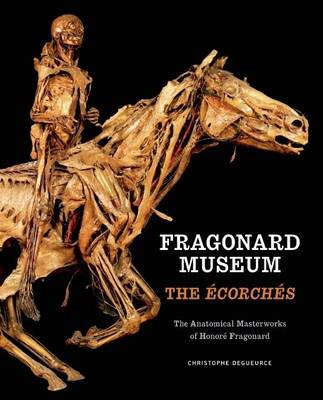
- Afhalen na 1 uur in een winkel met voorraad
- Gratis thuislevering in België vanaf € 30
- Ruim aanbod met 7 miljoen producten
- Afhalen na 1 uur in een winkel met voorraad
- Gratis thuislevering in België vanaf € 30
- Ruim aanbod met 7 miljoen producten
Zoeken
€ 69,45
+ 138 punten
Omschrijving
Eighteenth-century anatomist Honoré Fragonard's écorchés--preserved dissected real animal and human cadavers--are extraordinary works of virtuosic skill that have survived nearly two and a half centuries in the Fragonard Museum in Alfort, on the outskirts of Paris. Like the superb anatomical preparations made by the renowned seventeenth- to eighteenth-century anatomist Frederik Ruysch, Fragonard's specimens challenge our understanding of historical science, Western culture, and the display of the dead. A desiccated rider mounted atop a galloping horse, wondrous demonstrations of animal anatomy: these impressive spectacles of permanently preserved bodies are still on display in the stunning collection of the Fragonard Museum. Intriguing, strange, and the rarest of rare, Fragonard's écorchés are specimens from a realm that exists between art and science and are the historical precursor of modern-day plastinated anatomical specimens popularly exhibited worldwide.
Specificaties
Betrokkenen
- Auteur(s):
- Uitgeverij:
Inhoud
- Aantal bladzijden:
- 160
- Taal:
- Engels
Eigenschappen
- Productcode (EAN):
- 9780922233397
- Verschijningsdatum:
- 1/04/2011
- Uitvoering:
- Hardcover
- Formaat:
- Genaaid
- Afmetingen:
- 216 mm x 267 mm
- Gewicht:
- 952 g

Alleen bij Standaard Boekhandel
+ 138 punten op je klantenkaart van Standaard Boekhandel
Beoordelingen
We publiceren alleen reviews die voldoen aan de voorwaarden voor reviews. Bekijk onze voorwaarden voor reviews.











